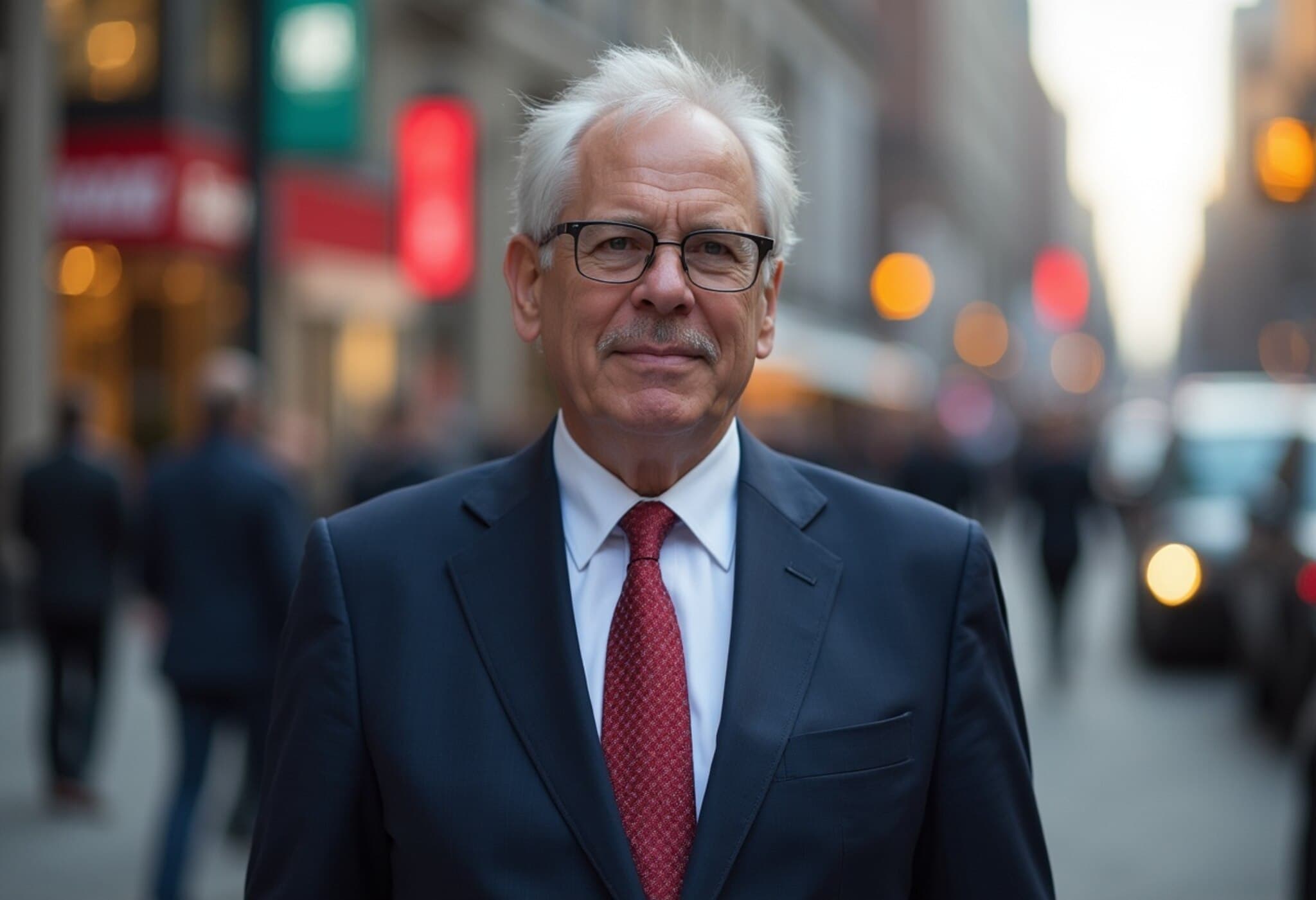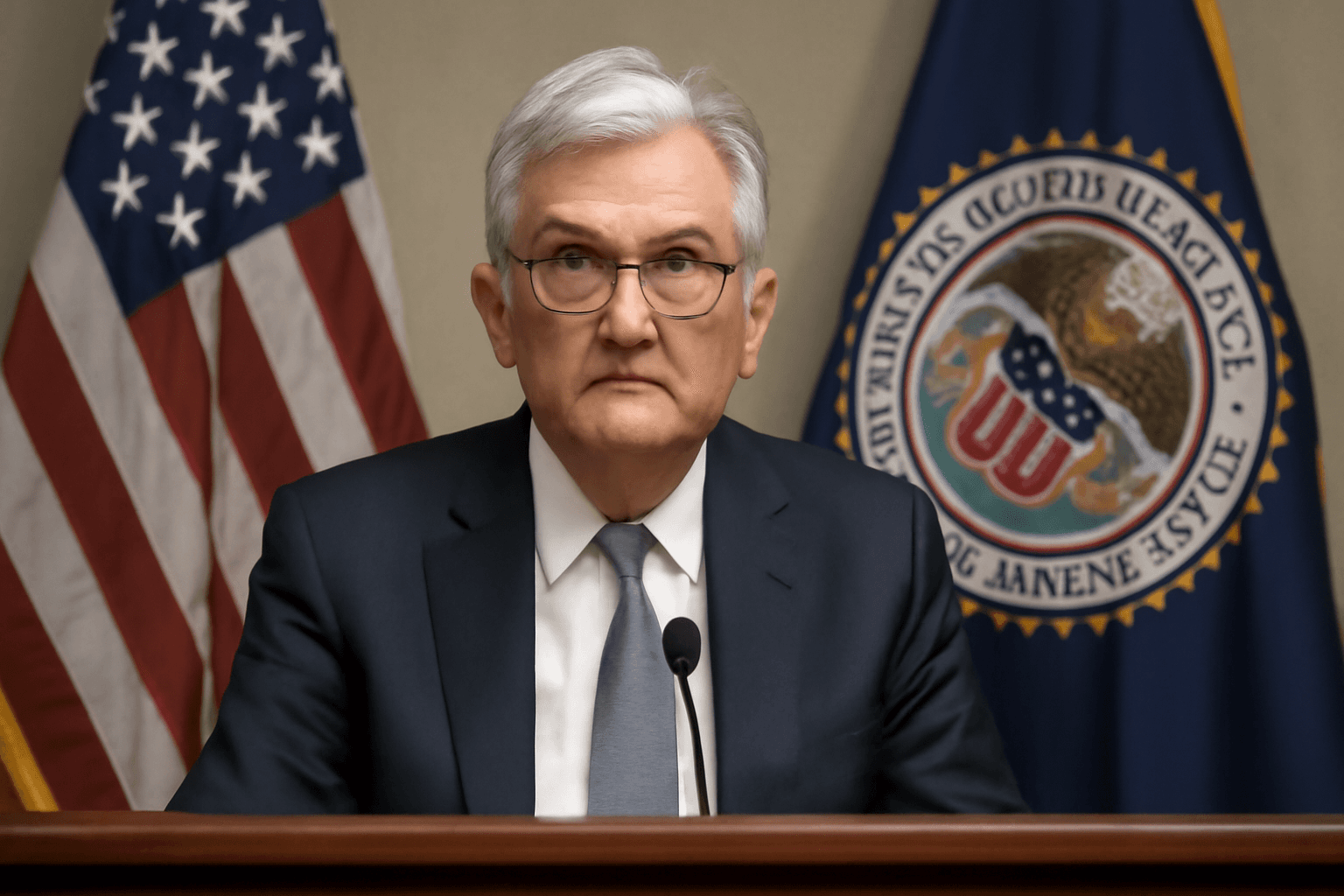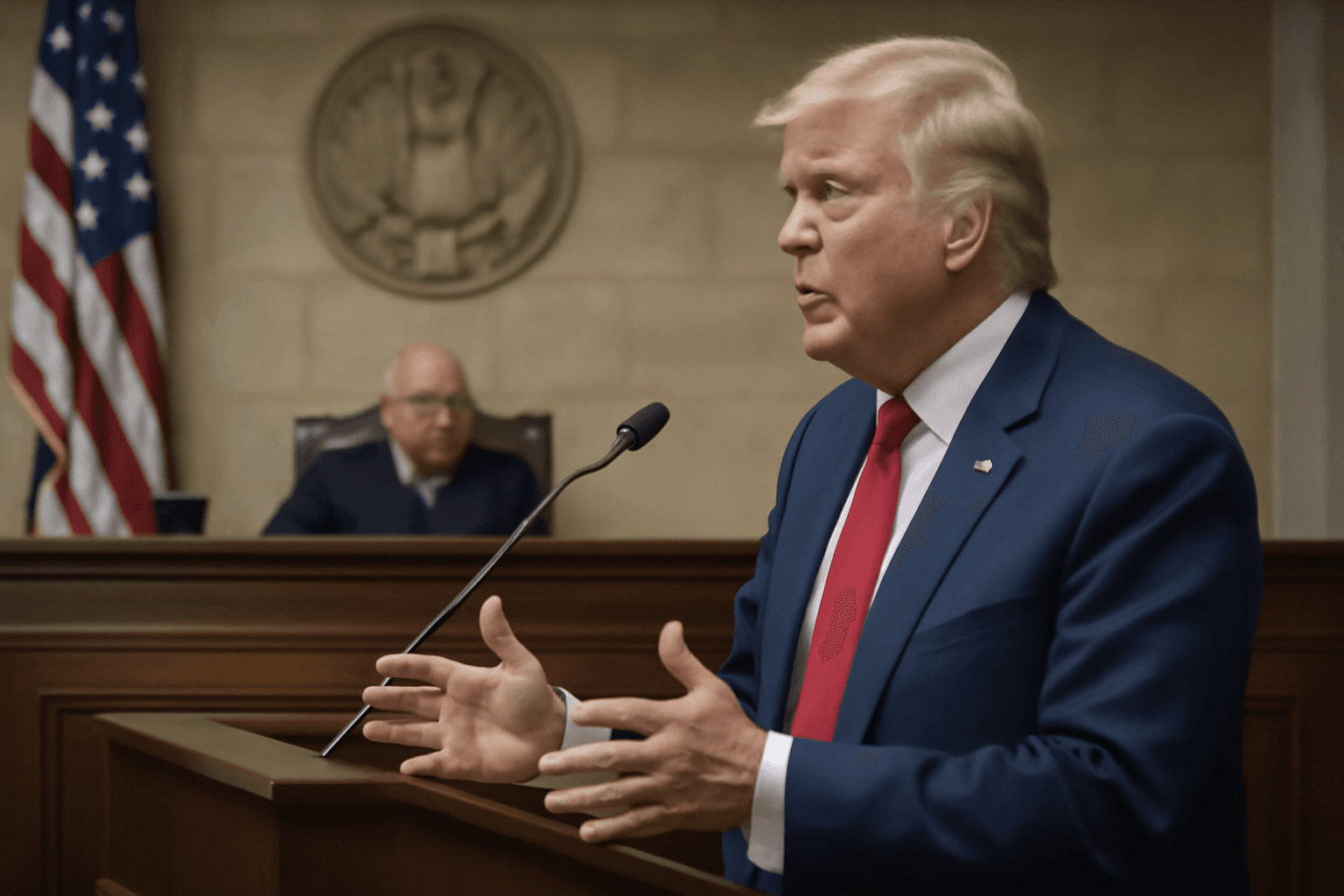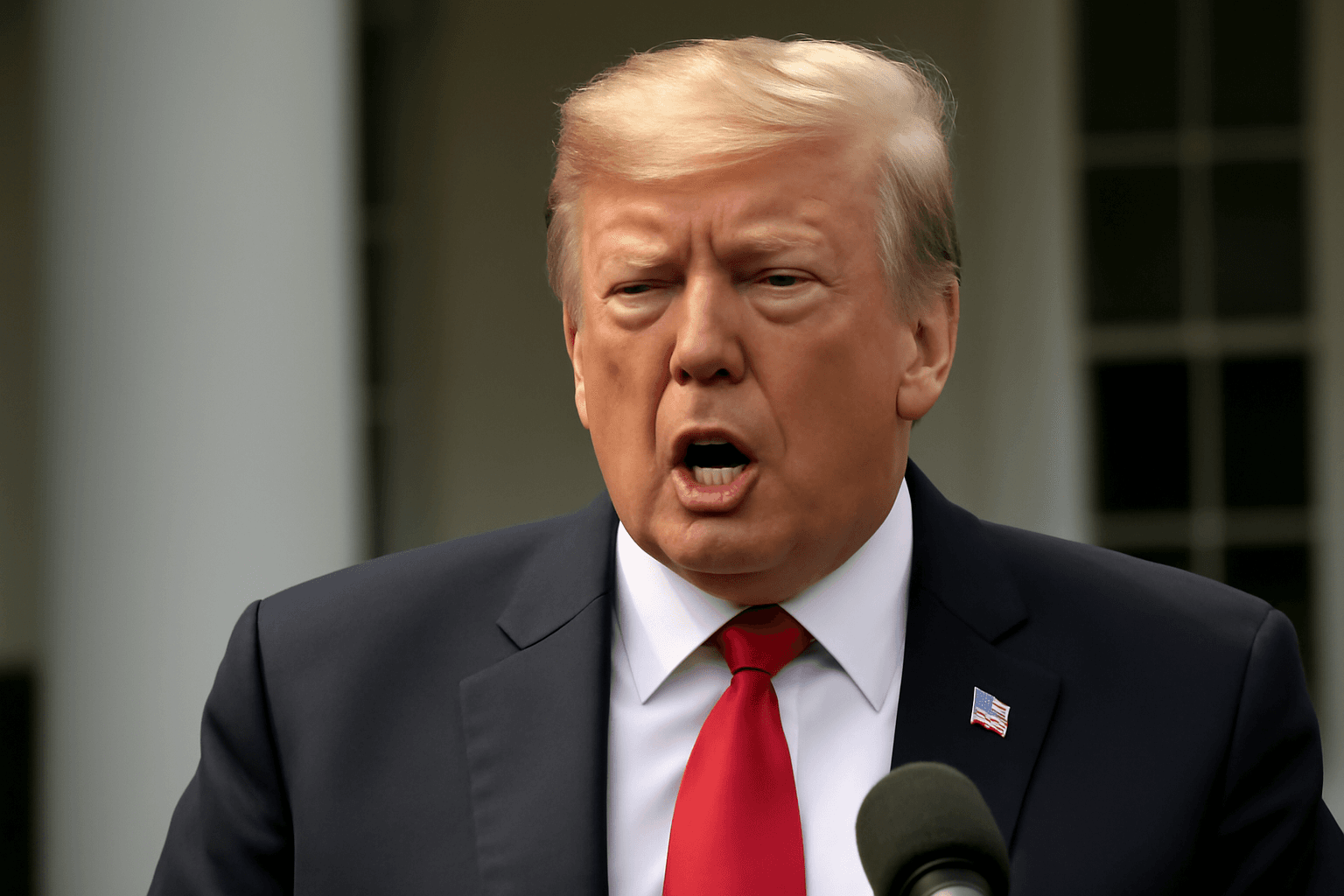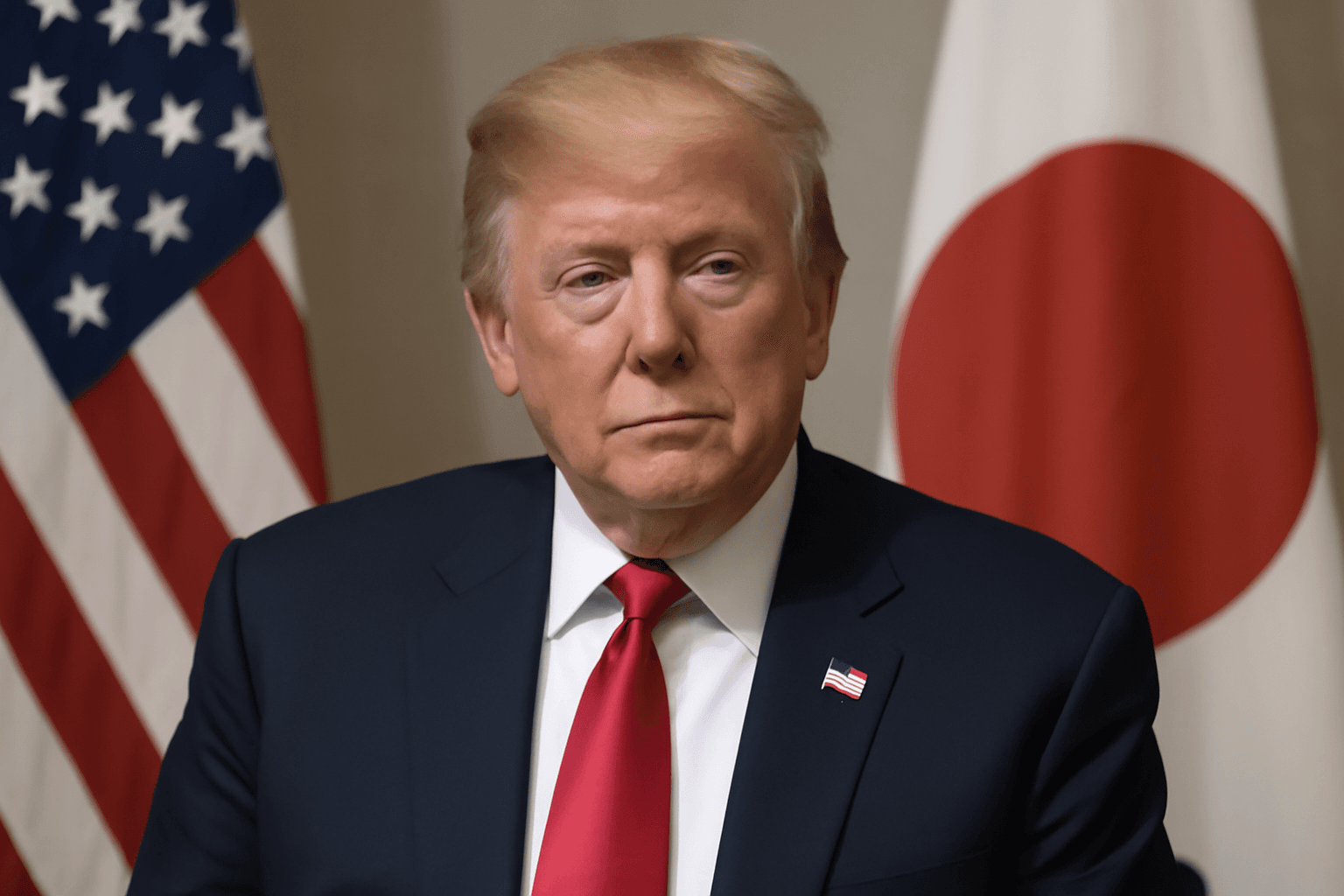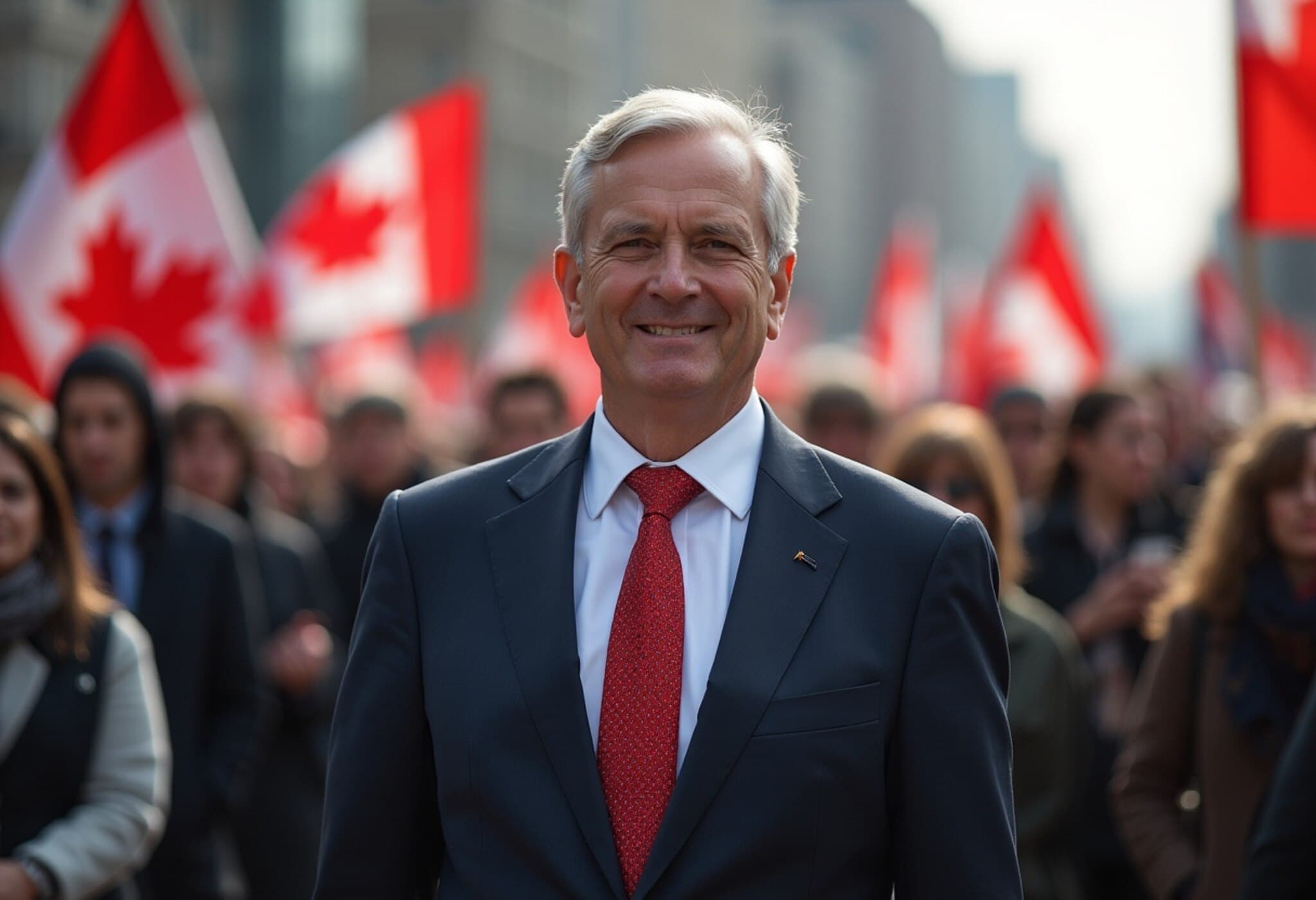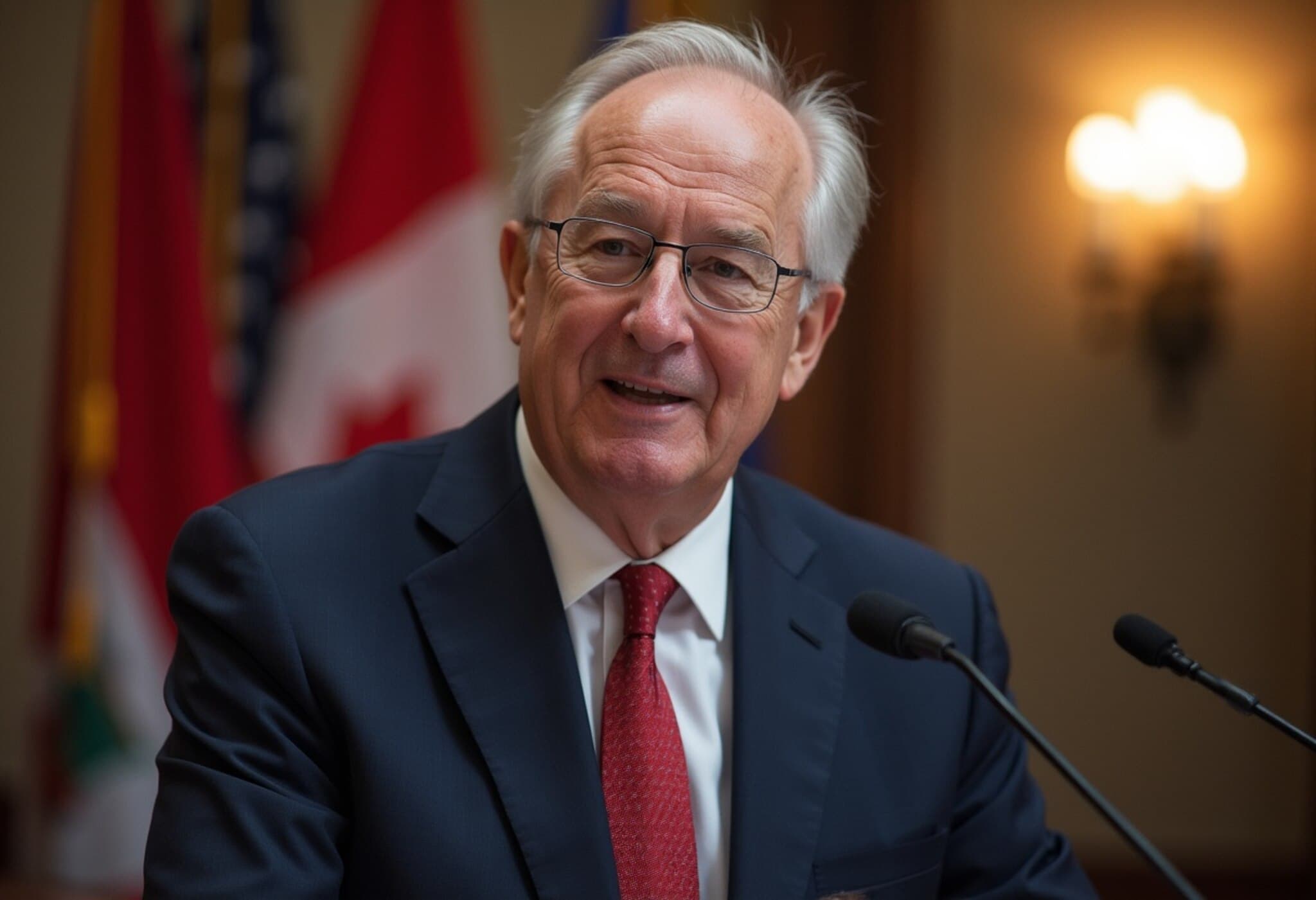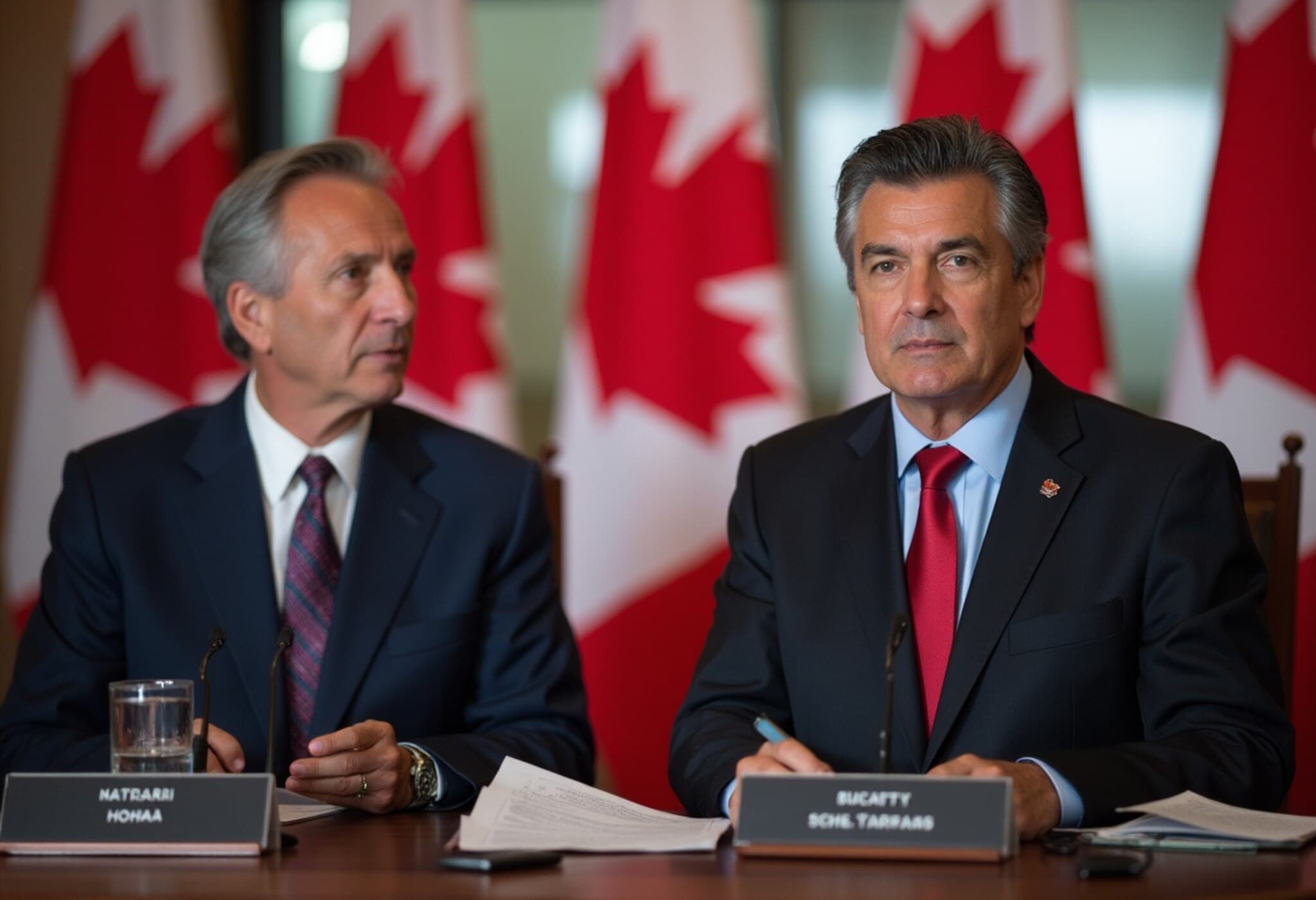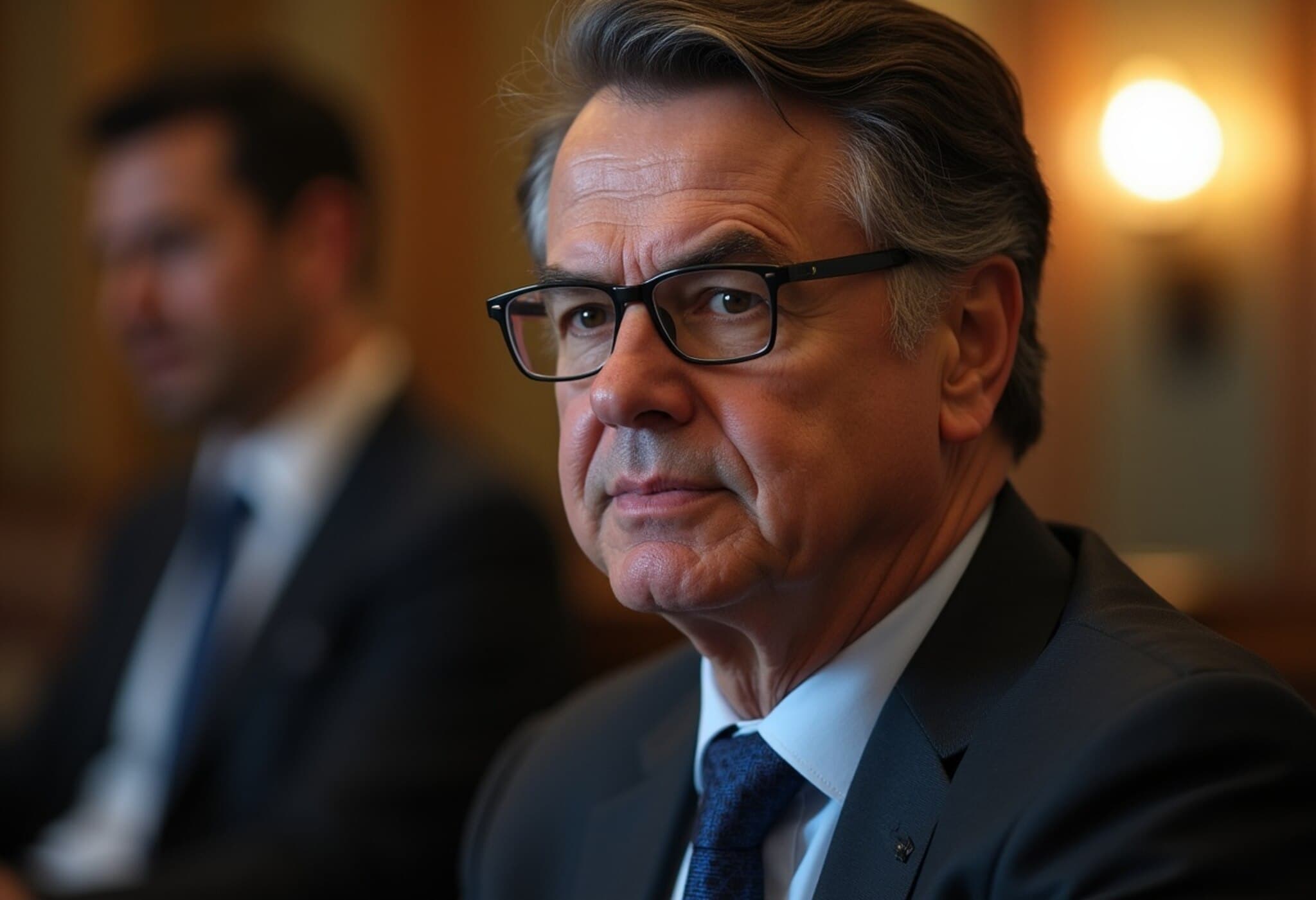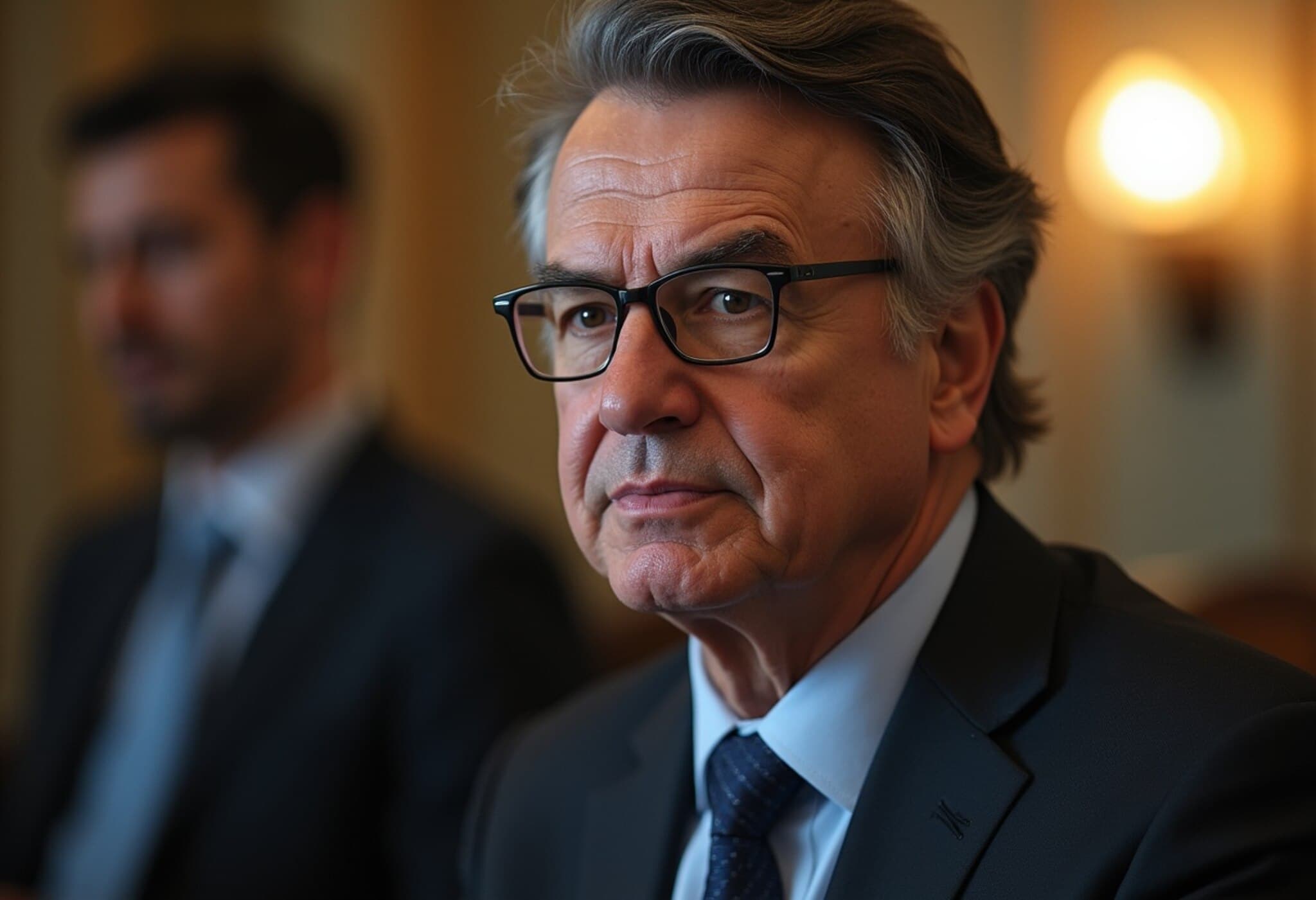Canada’s Bold Response to U.S. Tariffs: Ambitious Infrastructure Plans
On September 11, 2025, Prime Minister Mark Carney announced an expansive slate of infrastructure projects aimed at cushioning Canada’s economy from the ripple effects of the controversial tariffs imposed by the United States under President Trump’s administration. This initiative marks a strategic pivot as Canada seeks to diversify its economic dependencies and forge a path toward long-term resilience.
Economic Sovereignty Amid Trade Disruptions
Addressing reporters in Edmonton, Alberta, Carney emphasized that Canada’s challenge extends beyond navigating a temporary economic downturn — he framed it as a fundamental shift in global trade dynamics. “This is not a transition; it’s a rupture,” Carney remarked, underscoring the urgency for Canada to adapt quickly as the biggest trading partner, the United States, restructures its trade priorities.
The initial wave of projects reflects an investment of billions into energy and resource infrastructure, including plans to double the capacity of a liquefied natural gas (LNG) facility in Kitimat, British Columbia, alongside two copper mines, a nuclear reactor, and a container port expansion. Each flagship initiative is positioned as a national interest priority, backed by new legislation fast-tracking regulatory approvals.
Balancing Ambition with Environmental and Indigenous Concerns
However, these fossil fuel-centric projects have ignited criticism from environmental activists and Indigenous communities, highlighting a profound fault line in Canada’s path forward. Environmental groups point to the expansion of fossil fuel infrastructure as contradictory to Canada’s climate commitments, particularly highlighting the challenges posed by methane emissions from LNG facilities, known for their potent greenhouse gas impact.
Indigenous leaders have voiced alarm over the perceived sidelining of their rights. National Chief Cindy Woodhouse Nepinak warned that the federal approach risks regressing Indigenous relations amid what she terms a renewed era of U.S. colonial economic influence. Grand Chief Stewart Phillip of the Union of British Columbia Indian Chiefs issued a stark rejection of the government’s tactics: “Accept fossil fuel expansion or be pushed aside,” he said, criticizing the lack of meaningful consent and partnership.
Innovative Governance and Future Projects
In a bid to reconcile these tensions, Carney announced the creation of a dedicated office in Calgary to streamline infrastructure approvals and financing, with an advisory council of Indigenous representatives. The choice of Calgary, the heart of Canada’s oil and gas sector, and leadership by Dawn Farrell, ex-CEO of a federally-owned pipeline company, signals a pragmatic yet contentious approach to balancing economic growth with environmental stewardship and Indigenous rights.
Looking ahead, fall plans include more diversified projects such as a high-speed passenger rail between Ontario and Quebec and an expansive wind turbine farm in Nova Scotia — ventures that may garner broader environmental approval. Yet, carbon capture initiatives in Alberta’s oil sands remain contentious, viewed skeptically by environmentalists as potentially perpetuating fossil fuel dependence rather than decarbonization.
Economic Implications and National Identity
Carney's push to decouple Canada’s economy from overreliance on the U.S. dovetails with his Liberal Party’s platform pledges and reflects a broader challenge many nations face: balancing economic development, environmental sustainability, and Indigenous rights in an era of geopolitical shift. The fast-track approval process and the financial models depending heavily on private investment raise critical questions about democratic accountability, fiscal transparency, and social license to operate.
Canada stands at a crossroads, where infrastructure decisions will define not just economic fortunes but also its international reputation as a climate leader and respect for Indigenous sovereignty.
Editor’s Note
Prime Minister Carney’s infrastructure agenda ambitiously tackles the economic fallout of shifting trade dynamics but surfaces persistent tensions between resource development, environmental imperatives, and Indigenous rights. Readers should consider: How will Canada uphold its climate commitments while addressing Indigenous sovereignty amid rapid infrastructure expansion? Will private investment paired with streamlined approvals sufficiently safeguard public interest? This evolving story offers vital insights into a nation grappling with modern identity and global economic realities.

